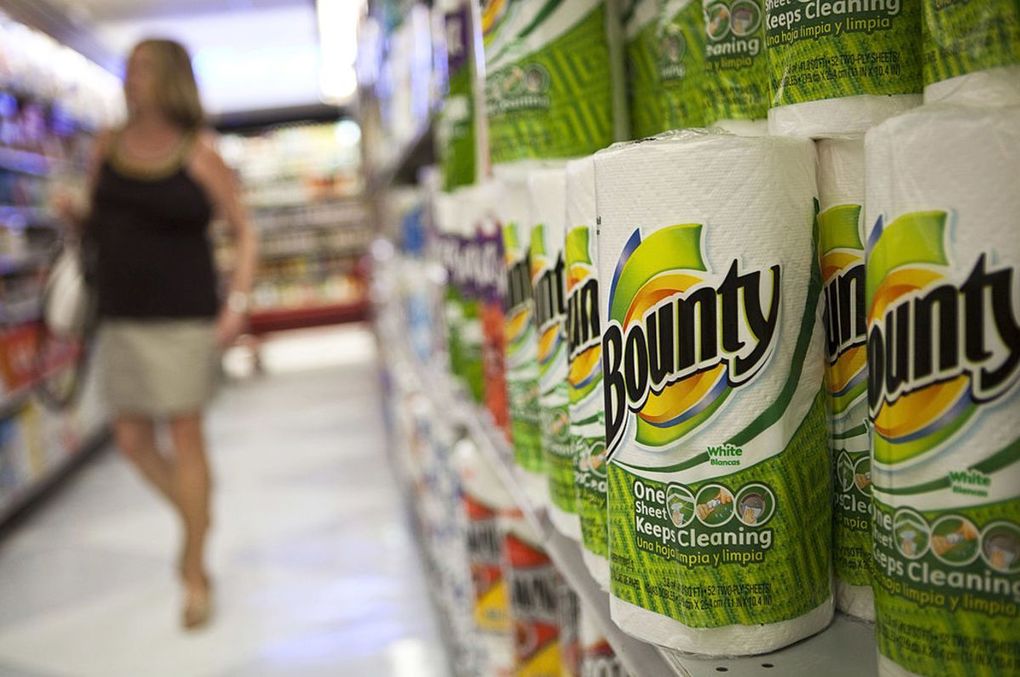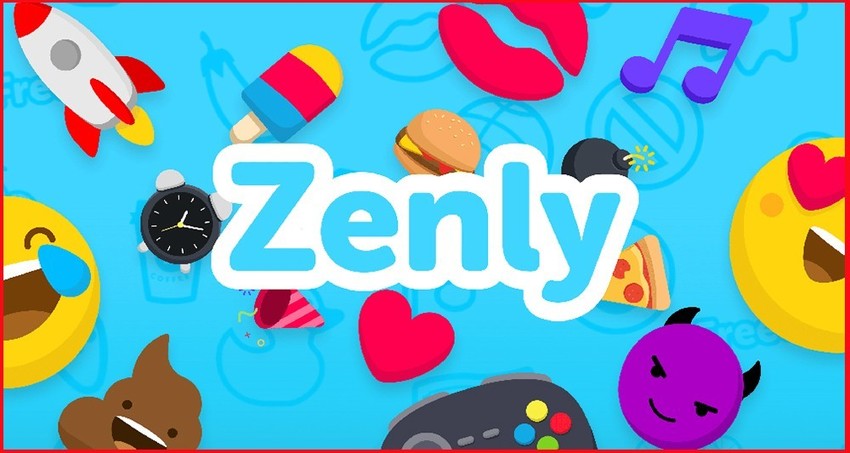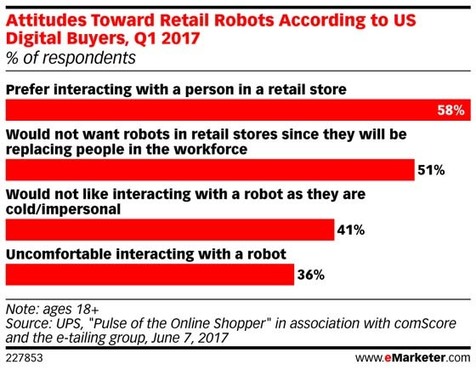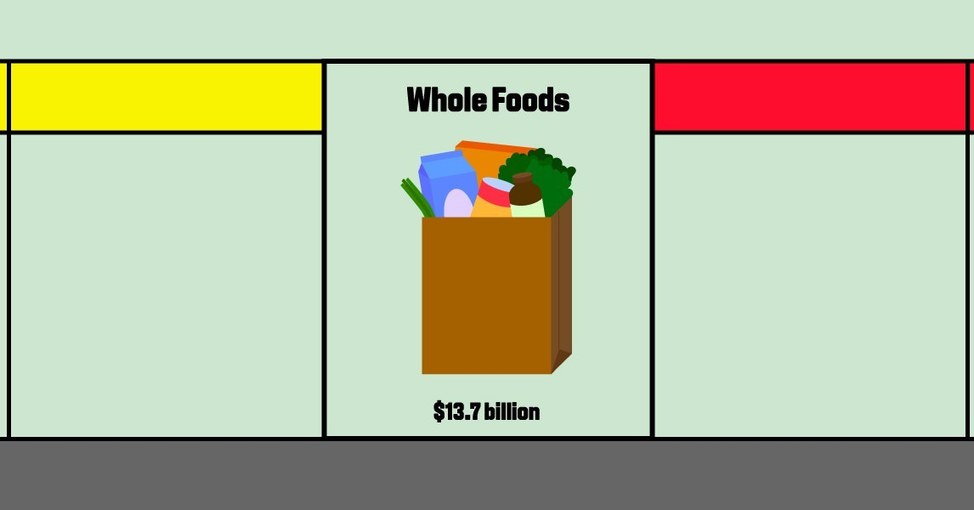Quand la narration vient renforcer le contenu
ui a dit que le rapport annuel d’activité devait être un " pensum " et réservé aux initiés ? Sûrement pas Groupe BPCE qui, avec Havas Paris, lance à la place une nouvelle littéraire. Une nouvelle forme de narration et d’illustration, pour tout dire en divertissant. Sérieux ou non, ne surtout pas s’abstenir ! Après avoir reçu une enveloppe contenant la carte de visite d’un inconnu, Eva Brunold est suspendue aux rendez-vous fixés par un certain Charles Langley. Ce mystérieux individu qui semble tout connaître de la jeune fille la pousse à reprendre le flambeau de son père, un nez mythique de l’univers de la parfumerie, et la guide dans les méandres de l’entreprenariat et du monde du business. Lui distillant une seule certitude : « tout est possible et l’existence n’est jamais figée à condition d’en affronter les mystères ». Tel est le scénario alléchant de « L’Intrigant monsieur Langley », la dernière nouvelle de Jean-Pierre Montal, aussi auteur de « Les années Foch » (éditions Pierre-Guillaume de Roux) et de la biographie « Maurice Ronet-Les vies d’un feu follet ». Sauf que cette fois-ci, cette nouvelle très réussie est publiée par une maison d’édition très particulière : Groupe BPCE, et pour une mission tout aussi inattendue : métamorphoser le rapport d’activité. Un document on ne peut plus incontournable quand on est rien moins que " le deuxième groupe bancaire français ", mais il faut bien le reconnaître, absolument pas glamour -même si l’esthétisme est soigné- ni vraiment passionnant sauf pour les férus de chiffres, de pourcentages ou encore pour les experts des bilans et perspectives. Or, en explorant ce nouveau territoire de la narration littéraire, Groupe BPCE accompagné de son agence, Havas Paris, a toutes les chances de rendre le rapport annuel divertissant donc très attractif, et ainsi de captiver un public très élargi (au-delà des actionnaires, des institutionnels ou des investisseurs) tout en lui servant pourtant 33 innovations et solutions financières parmi toutes celles déployées en 2016 allant de l’appli de paiement sans contact Apple Pay en passant par la plateforme de financement solidaire Espace Dons ou le Coût de L’+xpat, destinée aux expatriés... En effet, au fil des 67 pages, l’intrigue à suspens se déroule tout en dévoilant son lien avec la stratégie du groupe et ses faits marquants de l'année. Une occasion de découvrir les autres établissements du groupe comme Banques Populaires, les Caisses d’Epargne, Natixis, le Crédit Foncier ou encore la Banque Palatine.










